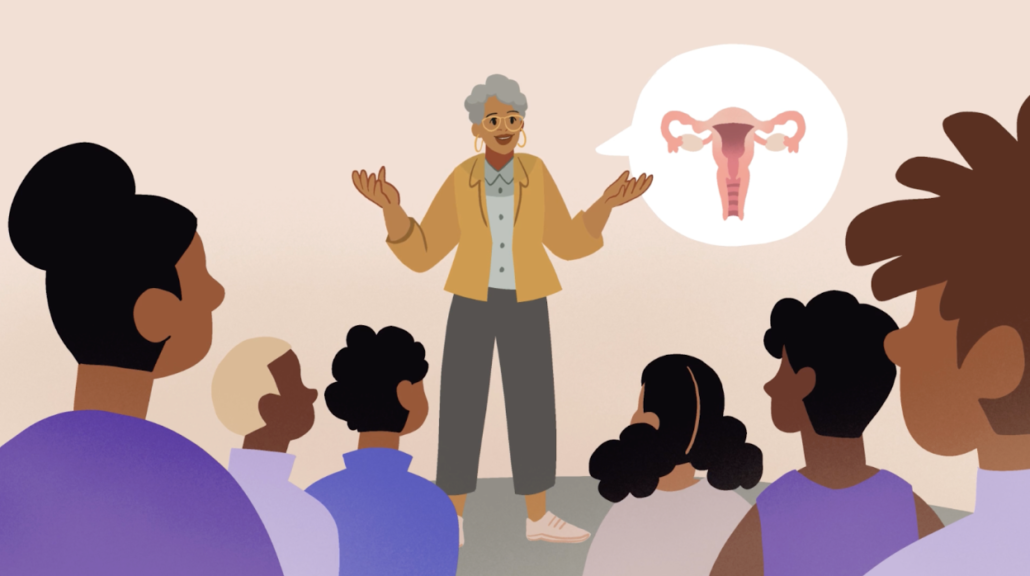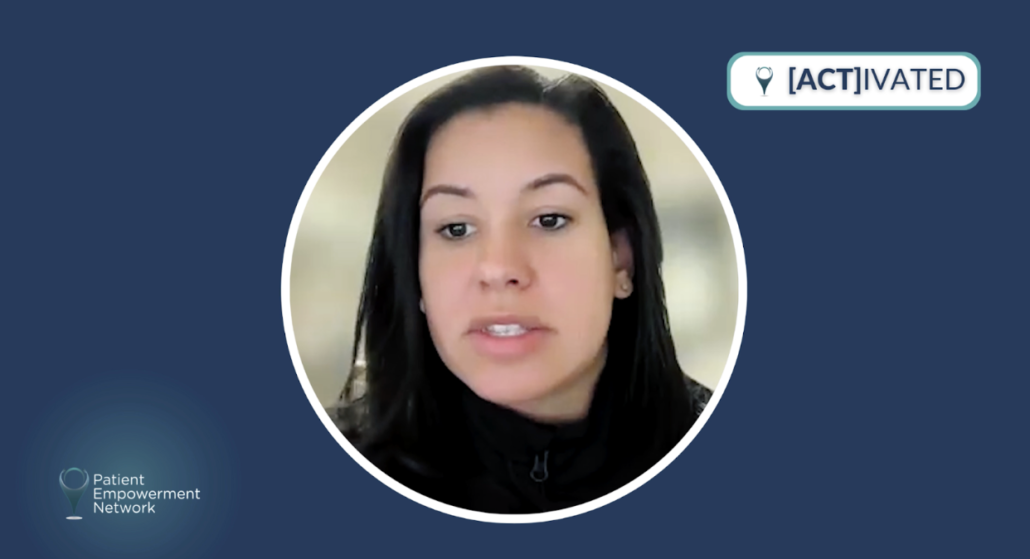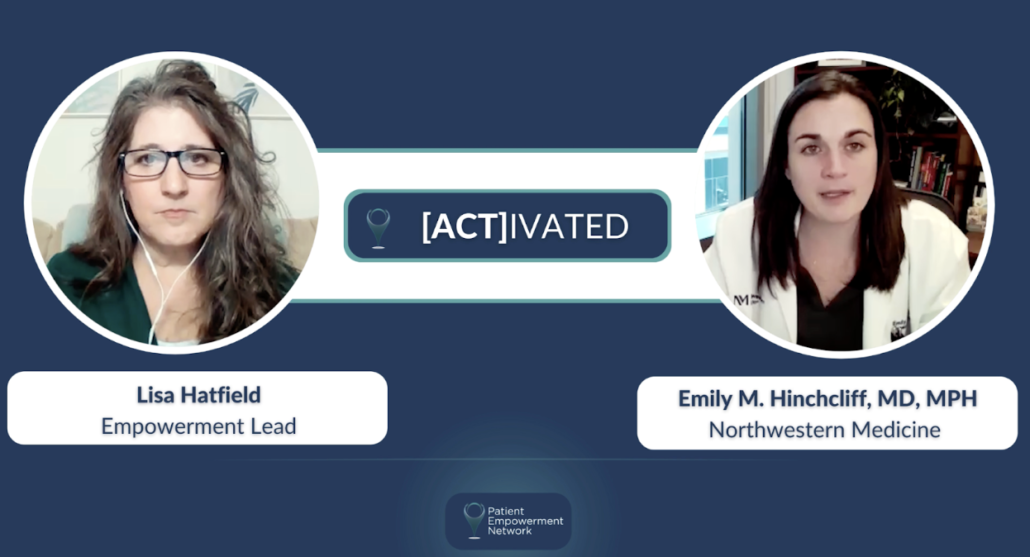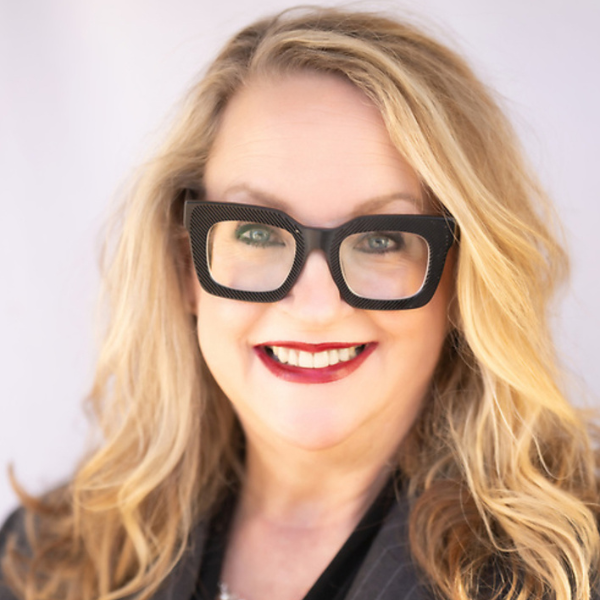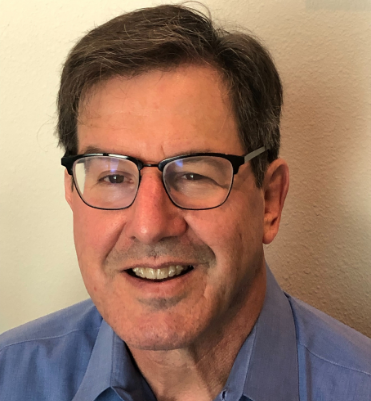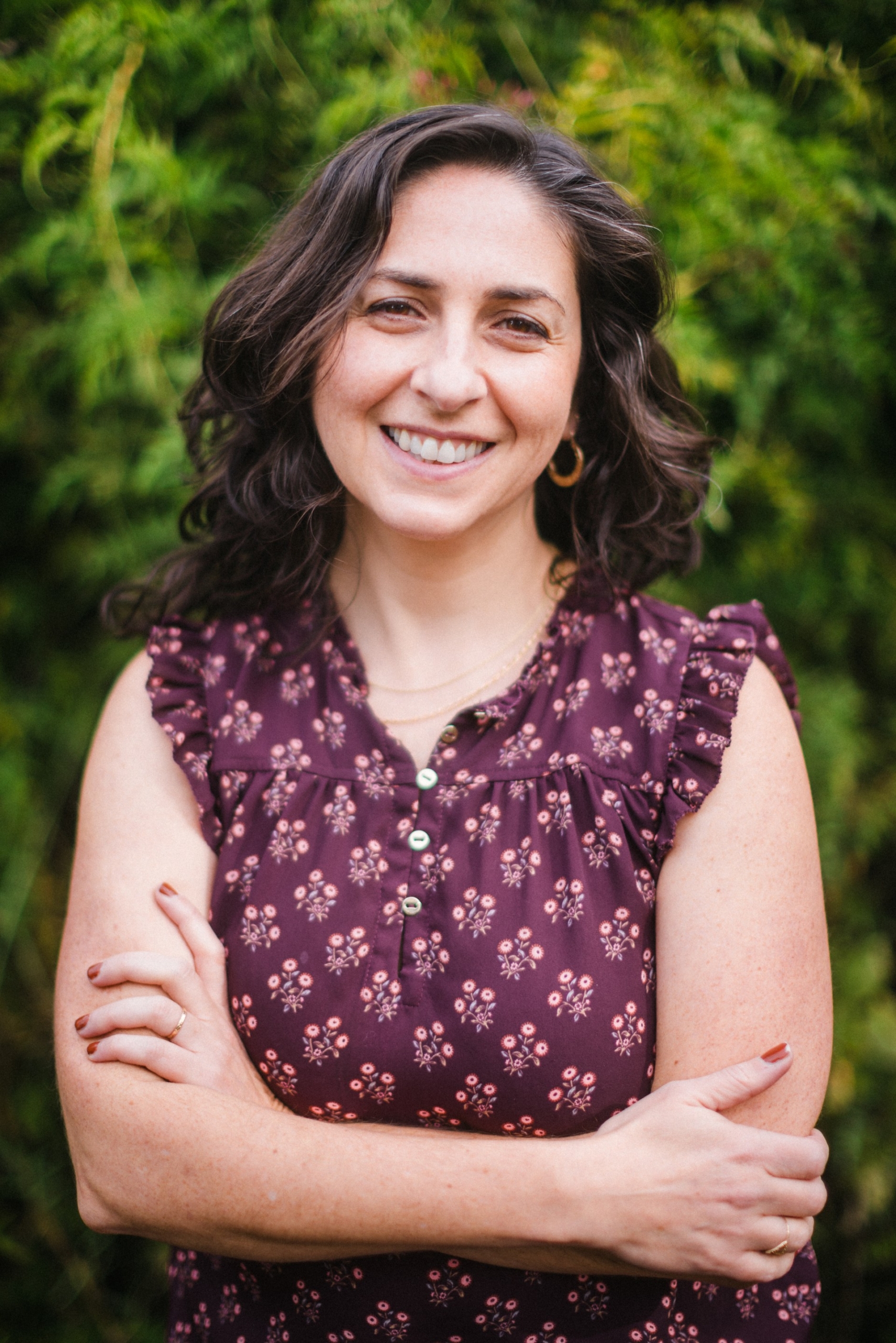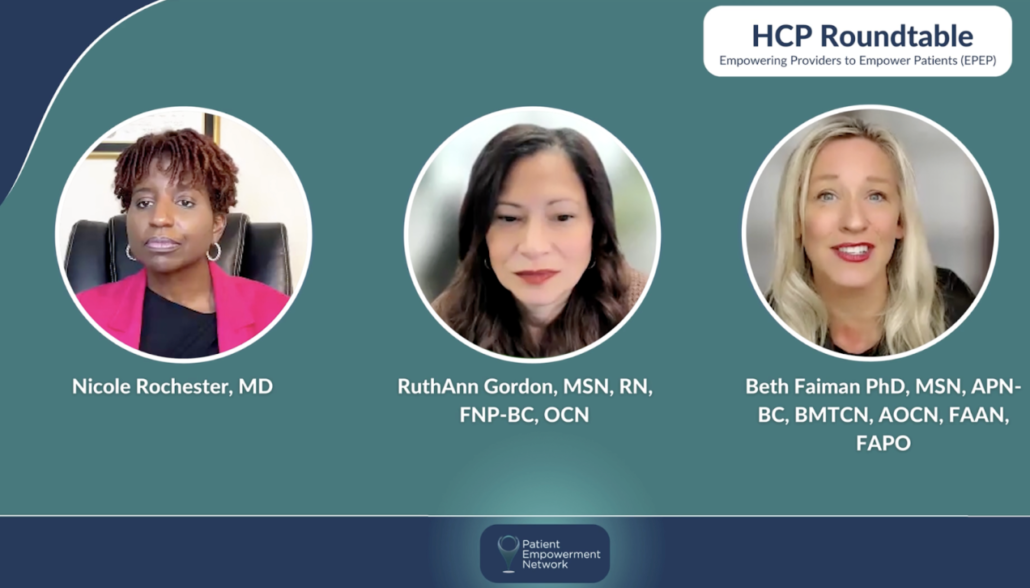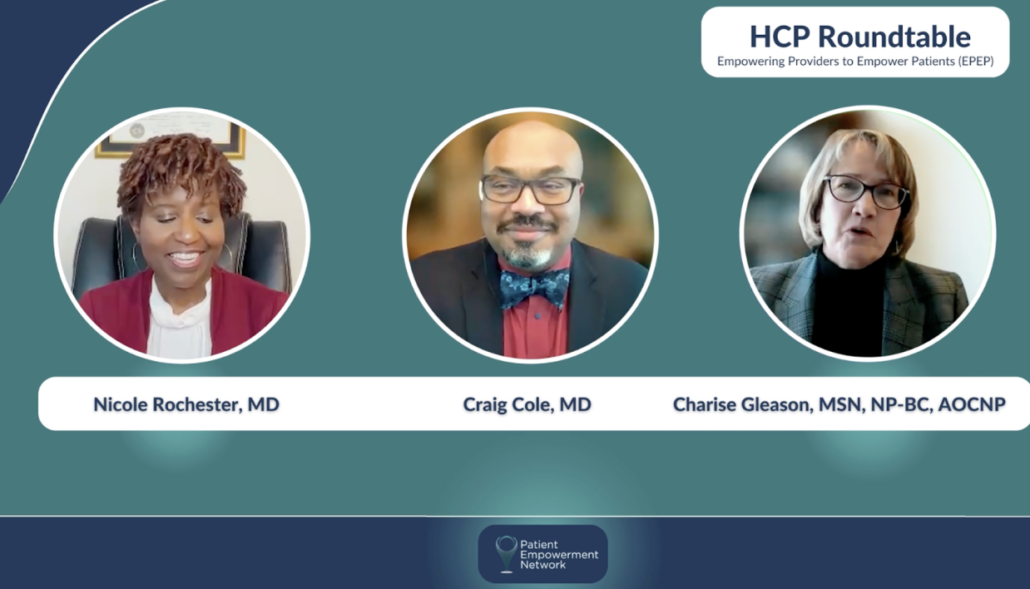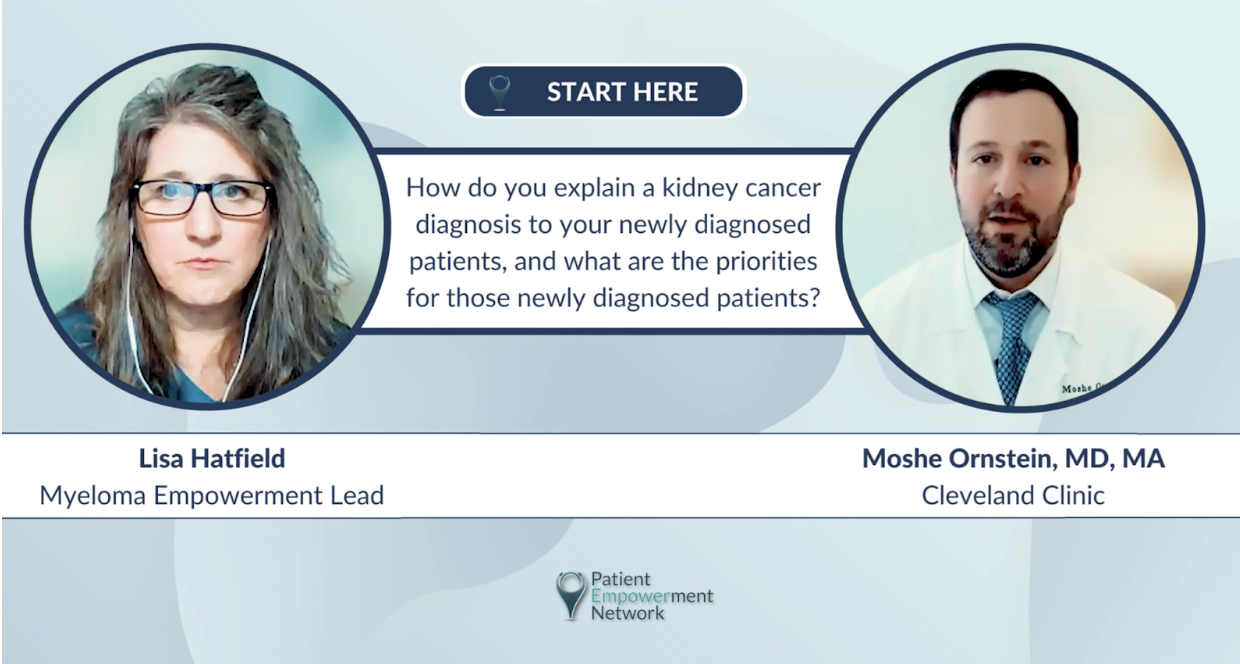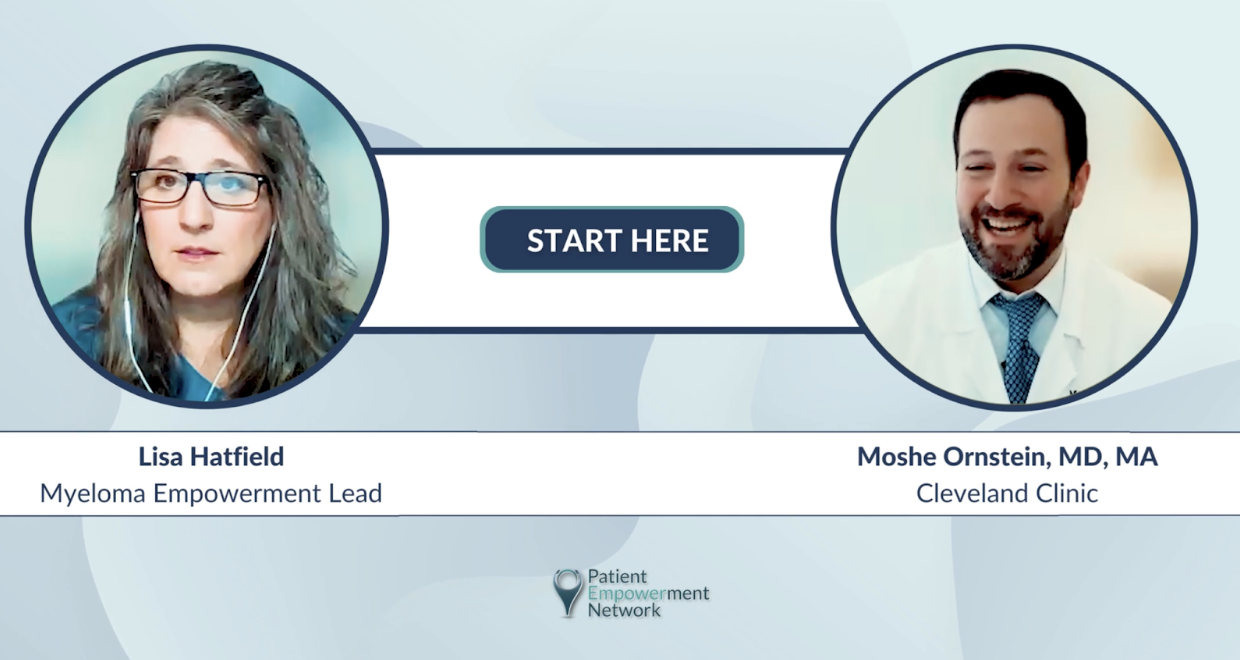Health literacy, as broadly defined by the World Health Organization, involves the capacity of individuals to “gain access to, understand, and use information in ways which promote and maintain good health for themselves, their families, and their communities.”
The goal of health literacy is not ‘dumbing down’ information; it’s about leveling up and empowering individuals to make informed decisions about their health and medical care.
The State of Health Literacy in the U.S.
According to the National Assessment of Adult Literacy, 36% of adults in the United States possess basic or below-basic health literacy. This statistic has profound and multifaceted implications. Firstly, low health literacy contributes to health inequality. Health literacy is a major barrier to accessing health resources and services. This imbalance contributes to disparities in health outcomes, creating a divide that widens existing inequalities.
Secondly, low health literacy affects individuals’ ability to engage in self-care effectively. Almost four out of ten adults struggle to manage their medications or misunderstand essential medical instructions.
Moreover, trust in healthcare providers is closely tied to health literacy. Effective healthcare relies on trust. Low health literacy, however, can undermine trust in healthcare professionals.
In our role as patient advocates, we strive to make health information more accessible, reliable, and easily understandable. Below is a checklist of seven steps you can take to improve your advocacy’s health literacy level.
7-Point Checklist to Improve Health Literacy
1. Accessibility
Healthcare is often filled with jargon and technical language, making it intimidating and confusing. The goal of our advocacy is to minimize health communication barriers so that individuals can make informed decisions no matter what their educational background or medical language experience may be. Embracing accessible language bridges the communication divide, empowering individuals to navigate the complexity of healthcare with confidence.
Actionable Tip: Break complex information down into smaller, digestible chunks to make it easier to understand. Organize information using clear headings and bullet points. If medical terms are unavoidable, provide clear definitions.
You can learn more about accessible content by reading Transforming Your Social Media Presence: 5 Steps to Foster Inclusivity and Advocate for All
2. Clear Navigation
Clear navigation of health content requires logical organization of information. For instance, when presenting information about a medical condition, organize it chronologically from symptoms to treatment options. Additionally, a navigation system that is clear and easy to use should also work across a wide variety of devices, ensuring a consistent experience across computers, tablets, and smartphones.
Actionable Tip: Make your website or blog easy to navigate. There should be a prominent search bar and a menu with clearly labeled categories or a clickable icon to help people find the information they need when they visit your site.
3. Cultural Sensitivity
When health information reflects an individual’s cultural context, they are more likely to understand and resonate with it. Health and culture are deeply intertwined, and cultural sensitivity involves recognizing and respecting that health is perceived and pursued differently in different cultures. Trust can be built by respecting these differences, dispelling misconceptions, and bridging gaps.
Actionable Tip: Avoid making assumptions about individuals based on stereotypes or generalizations. If possible, seek feedback from community leaders or representatives to ensure that your communications align with cultural values and sensitivities.
4. Visual Aids
Visual aids, such as charts, graphs, illustrations, and diagrams, enhance health communication by making information more engaging and accessible. Visual learners can grasp health-related concepts more easily through these aids than through text-based information. Visual aids also act as a universal language transcending linguistic barriers and making health information accessible to a wider range of individuals.
Actionable Tip: Ensure visual aids are accessible to everyone. Provide alternative formats for those with visual impairments, such as text descriptions or audio explanations.
Further Reading: Patient Advocacy: 6 Tips for Making A Visual Impact on Social Media – Patient Empowerment Network (powerfulpatients.org)
5. Inclusive Design
Different learning styles are recognized through inclusive design. Visual aids may be preferred by some, whereas auditory information may be preferred by others. By considering different learning styles and abilities, inclusive design empowers individuals to actively participate in health education, leading to improved health literacy.
Actionable Tip: Use alt text (short for alternative text) for images. Individuals with visual impairments can understand website images this way. In addition, consider closed captions for videos and readable fonts with sufficient color contrast.
6. Interactive Platforms
Interactive content, such as live video streaming creates an experience that reaches beyond static information dissemination. It empowers individuals to engage with expert insights and creates a sense of community around health-related topics. This approach can contribute significantly to enhancing health literacy.
Actionable Tip: Bring in healthcare professionals to share their expertise on your livestream. Ask attendees to submit questions in advance or during the live session to encourage active participation. Closed captioning should be available to ensure inclusivity and accessibility.
7. Trustworthy Sources
Users feel more confident in the reliability of health information when credible sources and publication dates are transparently disclosed. Maintain trustworthiness by reviewing and updating health content regularly. This ensures that information remains accurate, aligns with the latest research, and meets evolving standards.
Actionable Tip: To keep users up to date on the currency of content, clearly indicate when it was last reviewed or updated. By regularly updating your content, you demonstrate your commitment to providing accurate and relevant information to your audience and establish long-term trust.
Further Reading: 12 Tips to Create an Educational and Inspiring Roundup of Healthcare News
Conclusion
The patient advocacy community can play a key role in closing the health literacy gap. By championing accessible, trustworthy health information, we contribute to a more equitable society. Our mission is clear: empower patients through knowledge, and transform health outcomes for all.
A Stanford Medicine X e-Patient scholar, Marie Ennis O’Connor is an internationally recognized keynote speaker, writer, and consultant on global trends in patient engagement, digital health and participatory medicine. Marie’s work is informed by her passion for embedding the patient voice at the heart of healthcare values. She writes about the experience of transitioning from breast cancer patient to advocate on her award-winning blog Journeying Beyond Breast Cancer.




